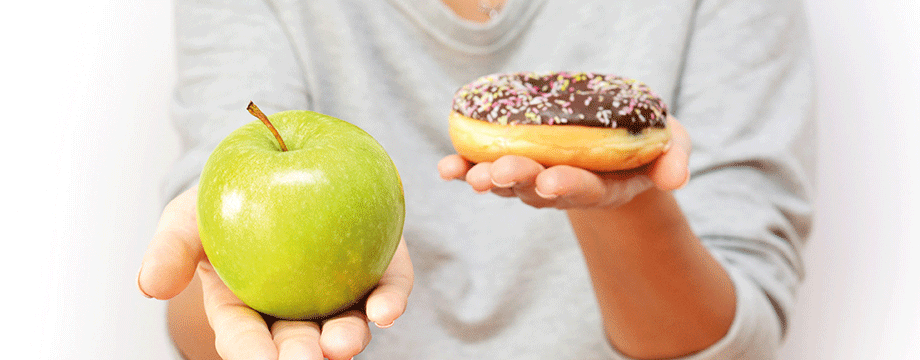Dealing with diabetes

If you’re at risk of developing diabetes there are steps you can take to protect yourself
Diabetes – we are all tested for it, especially as we get older. But how can we ensure we take every step to prevent it and give ourselves the best chance of a healthy life as we age? “We are often asked about specific foods, their sugar levels and so on by customers who generally know what they should and should not be eating,” says Sian Morgan/Eustace from health store Healing Harvest in Kinvara, Co Galway. “Sometimes friends or relatives of someone with diabetes will come into the shop looking for help with recipe ideas. People are becoming more aware of factors increasing the risk of developing diabetes, such as familial tendencies and increased fat around the middle of the body. So we tend to see customers who are showing slightly elevated blood sugar and have other risk factors, or if they have been diagnosed as having prediabetes.”
Health store help
“In the case of type 1 diabetes, the client would certainly be on insulin and this would limit suggestions that we can make in a health store,” says Sian Morgan. “However, in the case of type 2 diabetes, I would advise the customer to do a lot of research, particularly around diets which limit carbohydrates in refined and unrefined forms. I would also suggest that, should the customer decide to make changes to their diet, they should contact a nutritional therapist to help them devise and stick to a new way of eating.”
“Usually the most important thing is to effect dietary changes,” says John Halpin at The Health Store in Liffey Valley Shopping Centre. “Most people know that they have a diet that is too high in sugary or processed foods.”
Making changes
“Some research has shown that low calorie diets can be helpful, but the reality seems to be that people find them hard to stick to as they are always hungry,” says Sian Morgan. “A low carbohydrate diet can help reduce blood sugar levels – because you can eat plenty of good quality fats and proteins you feel full and are less likely to give up, particularly when you start seeing good results in blood tests too. As well as reducing carbs, the baseline is always to revert to a whole food diet with plenty of fresh vegetables and fruit, good fats, good quality proteins and any carbohydrate that is taken in a wholegrain form such as wholegrain pasta, wholemeal bread and brown rice.”
“Cutting out sweets, soft drinks, convenience foods and ready-made meals, which often have added sugar, and replacing with wholegrain options such as porridge oats for sugary breakfast cereals, fresh vegetables for dinner rather than something out of a packet will make a difference,” says John Halpin. “Some protein with each meal can also help stabilise blood sugar levels.”
A little extra help
“Supplements that can be used to help stabilise blood sugar levels,” says John Halpin, “include chromium, cinnamon and alpha lipoic acid.”
Alpha Lipoic Acid (ALA) – an antioxidant that protects against cell damage caused by free radicals. Alpha Lipoic Acid is also known to improve the efficiency of insulin, which will help with lowering blood sugar levels. ALA is found in liver, spinach, broccoli, and potatoes.
Chromium – a metal and an essential trace mineral, chromium is thought to help reduce blood sugar levels and can lead to improved glucose tolerance. You can find sources in meat, fish, fruit, vegetables, spices and whole-wheat and rye breads.
Cinnamon – when taken unsweetened in the diet, for example on porridge or in coffee. It can improve blood sugar levels in some people. Supplements come in capsule form.
Magnesium – a metal that is essential for healthy bones, muscle function and normal blood pressure. Low levels of magnesium in the body is linked to greater insulin insensitivity. Good food sources of magnesium include pumpkin seeds, sunflower seeds, almonds, cashews, halibut, tuna, spinach and oats.
Omega-3 fatty acids – promote healthier gut bacteria which in turn reduce the risk of type 2 diabetes. Look for foods such as fish, some vegetable oils (canola and soybean) walnuts, and wheat germ. Omega-3 supplements are available as capsules or oils.
All material on this page is provided for your information only and may not be construed as medical advice or instruction.
More Rude Health articles...
Articles from our latest issue...